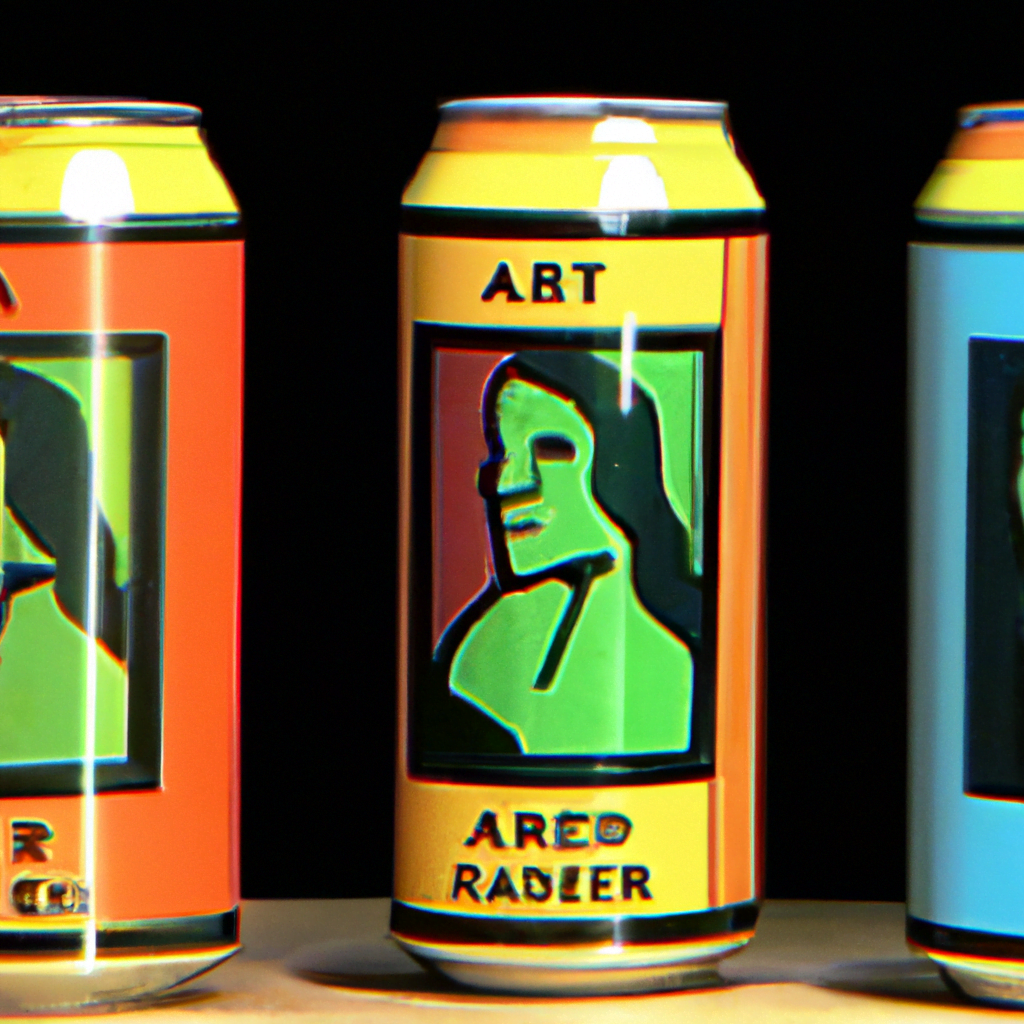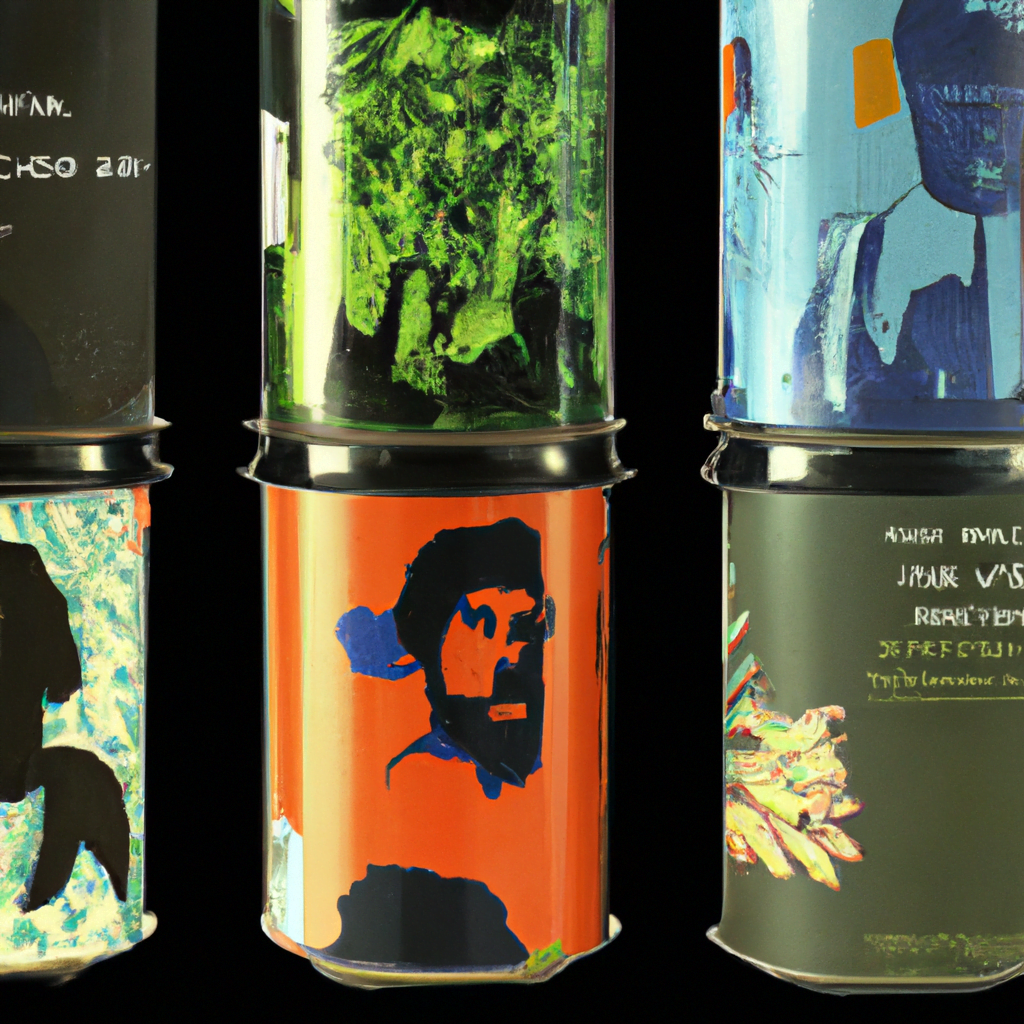

Introduction
The craft beer industry has been growing rapidly in recent years, with more and more consumers seeking out unique and flavorful brews. As a result, craft breweries have been experimenting with different packaging options to stand out on the shelves and appeal to consumers. In this article, we will explore some of the latest packaging trends in the craft beer industry and how they are impacting the market.
1. Can Revolution
One of the most significant packaging trends in the craft beer industry is the shift towards cans. While bottles have traditionally been the go-to packaging option for beer, cans are becoming increasingly popular for several reasons.
Firstly, cans are more environmentally friendly than bottles. They are lighter and take up less space, which means they require less energy to transport. Additionally, cans are easier to recycle than bottles, and they have a higher recycling rate.
Secondly, cans offer better protection for beer than bottles. They are less likely to break or let in light, which can affect the taste and quality of the beer. Cans also have a tighter seal, which helps to keep the beer fresher for longer.
Finally, cans are more versatile than bottles. They can be decorated with eye-catching designs and graphics, which can help to attract consumers. Cans are also easier to stack and store, which makes them more convenient for retailers.
According to a report by the Brewers Association, canned beer sales in the craft beer industry increased by 16.6% in 2019, while bottled beer sales decreased by 0.4%. This trend is expected to continue in the coming years, as more craft breweries switch to cans.
2. Sustainable Packaging
As consumers become more environmentally conscious, sustainable packaging has become a top priority for many craft breweries. Sustainable packaging refers to packaging that is made from renewable or recycled materials and can be easily recycled or composted.
One example of sustainable packaging in the craft beer industry is the use of biodegradable six-pack rings. These rings are made from materials such as wheat and barley, which can be composted along with the rest of the packaging. They are also edible, which means they won’t harm wildlife if they end up in the ocean.
Another example of sustainable packaging is the use of recycled materials. Many craft breweries are using recycled paper and cardboard for their packaging, which reduces the amount of waste that ends up in landfills. Some breweries are even using recycled glass for their bottles, which reduces the amount of energy required to produce new glass.
According to a survey by Nielsen, 73% of consumers are willing to pay more for products that come in sustainable packaging. This means that sustainable packaging can not only help to reduce a brewery’s environmental impact but can also be a selling point for consumers.
3. Minimalist Design
In recent years, there has been a trend towards minimalist design in the craft beer industry. Minimalist design refers to packaging that is simple, clean, and uncluttered, with a focus on typography and negative space.
One reason for this trend is that minimalist design can help a brewery’s product stand out on the shelves. With so many different craft beers available, it can be challenging to catch a consumer’s eye. Minimalist design can help a brewery’s product stand out by making it easy to read and recognize.
Another reason for this trend is that minimalist design can help to convey a sense of quality and sophistication. By using high-quality materials and simple design elements, a brewery can create a premium look and feel for its product.
Some examples of minimalist design in the craft beer industry include the packaging for Sierra Nevada’s Pale Ale and Lagunitas’ IPA. Both of these beers feature simple, clean designs with bold typography and minimal graphics.
4. Collaborations and Limited Editions
Collaborations and limited editions have become increasingly popular in the craft beer industry in recent years. Collaborations involve two or more breweries working together to create a unique beer, while limited editions are beers that are only available for a short period.
Collaborations and limited editions can help to create buzz around a brewery’s product and attract new customers. They can also help to create a sense of exclusivity and scarcity, which can make a beer more desirable to consumers.
One example of a successful collaboration in the craft beer industry is the partnership between Dogfish Head and The Flaming Lips. The two companies worked together to create a beer called Dragons & YumYums, which featured a unique blend of ingredients, including dragonfruit and yumberry.
Another example of a successful limited edition beer is Goose Island’s Bourbon County Stout. This beer is only released once a year, and it has become a highly sought-after product among craft beer enthusiasts.
Conclusion
The craft beer industry is constantly evolving, and packaging trends play a significant role in shaping the market. From the shift towards cans to the use of sustainable packaging, craft breweries are experimenting with different packaging options to stand out on the shelves and appeal to consumers.
As consumers become more environmentally conscious and seek out unique and flavorful brews, it’s likely that we will continue to see new packaging trends emerge in the craft beer industry. By staying on top of these trends and adapting to changing consumer preferences, craft breweries can stay competitive and continue to grow in the years to come.
